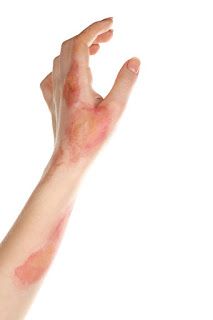Do your eyes need protection at work? The answer may surprise you: More industries than you might think hold hazards for the eyes. Some are expected—construction—but others more surprising, including janitorial work.
Skipping eye protection isn’t an option; the risk is too great. In fact, nearly 2,000 people suffer eye injuries each day, and damage to the eye accounts for almost half of all head injuries. The lack of eye protection is a big risk: Of all the workers with eye injuries, 3 out of every 5 weren’t wearing anything. That, in turn, leads to missed work days.
Eye injuries take all forms: Some people get a scratch on the eye from a flying object—say, a nail. Others are exposed to vapors or chemicals, which can cause a different kind of injury to the eye. That’s why some estimates say that using proper eye gear may reduce injury to the eyes but about 90 percent.
Safety standards help to provide a baseline of performance for safety glasses, and different materials offer imperviousness to different materials. Every job has different risks to the eye, which is why there’s not just one piece of eye safety gear that can protect against everything. Those risks must be evaluated against the type of protection that’s available, from goggles to shields and helmets. For example, regularly ventilated goggles offer cushioning and protection at the sides, top, and bottom, while a rigid body will guard against chemical splashes, irritating mists, and dust.
It’s hard to wade through everything that may hurt your eyes—and how you can best find the right gear, no matter your job. This graphic can help, with expert explanation of various industries and the right eyewear to guard against as many risks as possible.
From Quill.com



